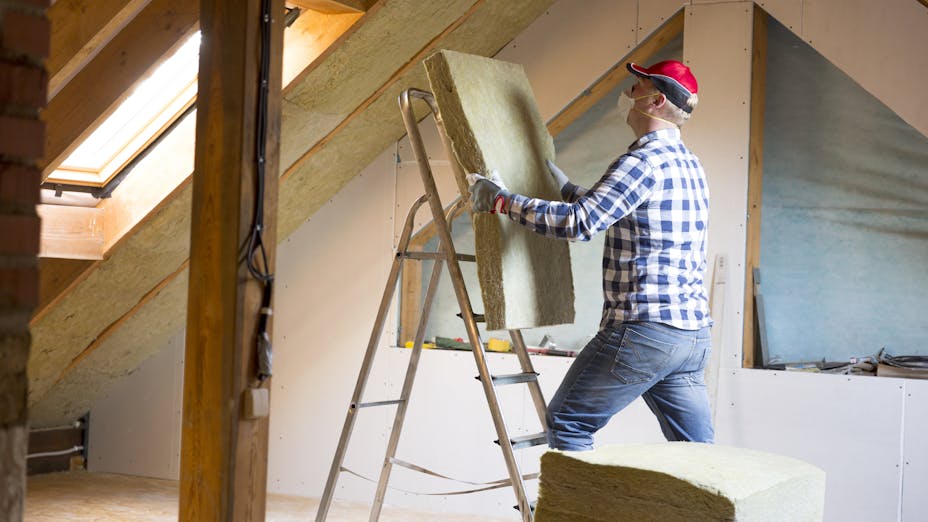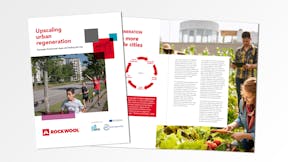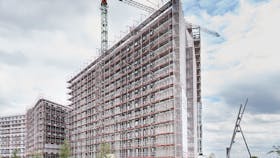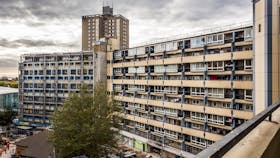When the COVID-19 crisis hit in 2020, few of us could predict the extent of the havoc it would cause over the following year. With the exception of a few centenarians that survived the 1918 flu, most governments, health organisations, businesses and families had no way of knowing just how devastating the effects would be.
Now, one year into the pandemic, we have a much clearer picture of both the societal and economic effects of the COVID-19 crisis. In the ensuing uncertainty, the only way to protect populations was to issue stay-at-home orders, and wherever possible, ask employees to do their work from the safety of their homes. Recommendations that helped create a firebreak and slow the spread of the virus changed our energy consumption patterns, and altered the CO2 emission drivers from global commercial buildings to residencial buildings.
These changes modified the landscape of the energy and emission mitigation efforts by governments around the world.
How COVID-19 changed living conditions and energy consumption patterns
COVID-19 challenges aside, experiencing the pandemic has taught us a lot about what is possible when the global community works together. Private pharmaceutical companies collaborated with regulatory agencies to develop vaccines in record time. For most businesses, it quickly became clear that almost one in five jobs can be effectly looked after from the home office. Without doubt, the post-pandemic world will look radically different from the one we left behind in early 2020.
Working from home – which has now become commonly known as WFH – will likely continue to be commonplace even after the pandemic is under control. Analysts expect that WFH could lead to a small net increase in residential energy demand and the related carbon emissions from the residential building sectors due to these behavioural changes. This also means that the savings achieved from commercial buildings could balance out. When working from home, workers use more energy, and in some cases, the flexibility offered by working from home means that they move to larger homes in smaller towns outside of the city. This increases their commutes when they need to visit the office for work.
On average, a day of working from home can increase the daily household energy consumption by between 7 - 23 percent, depending on the region and the size of the home. In most parts of the world, the extra demand in winter is larger than in summer due to space heating. Efficiency of IT equipment and devices will also have an impact, as well as seasonal heating or cooling needs.
In major economies, commutes were reduced by 60 percent in April, while the period between June and September saw a decrease of 20 - 30 percent. These adaptions created significant and complex changes in energy demand.
Changes to expect after the COVID-19 crises
International Energy Association (IEA) also expect that a lasting health crisis could continue to limit commercial building use. When more people return to work during and after the pandemic, there will be demand for higher ventilation rates in commercial buildings for health reasons. Elevated concerns about health in general will likely create new spikes in energy consumption. Within these challenging times, opportunities exist for governments and private businesses to focus on a recovery that increases sustainability, improves public health, and addresses concerns about indoor air quality while providing more affordable housing.
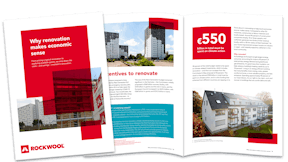
The business case for renovation
From pricing a typical renovation to exploring available grants, we strip down the costs – and savings – involved in renovation

It’s time to build a better future
To meet the Paris Climate Agreement’s goal of keeping the temperature rise well below 2°C, we need to act now

